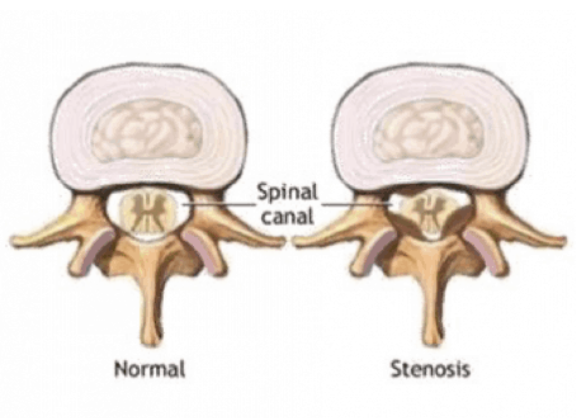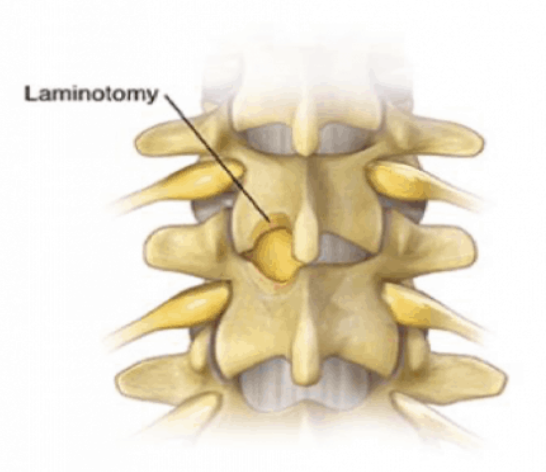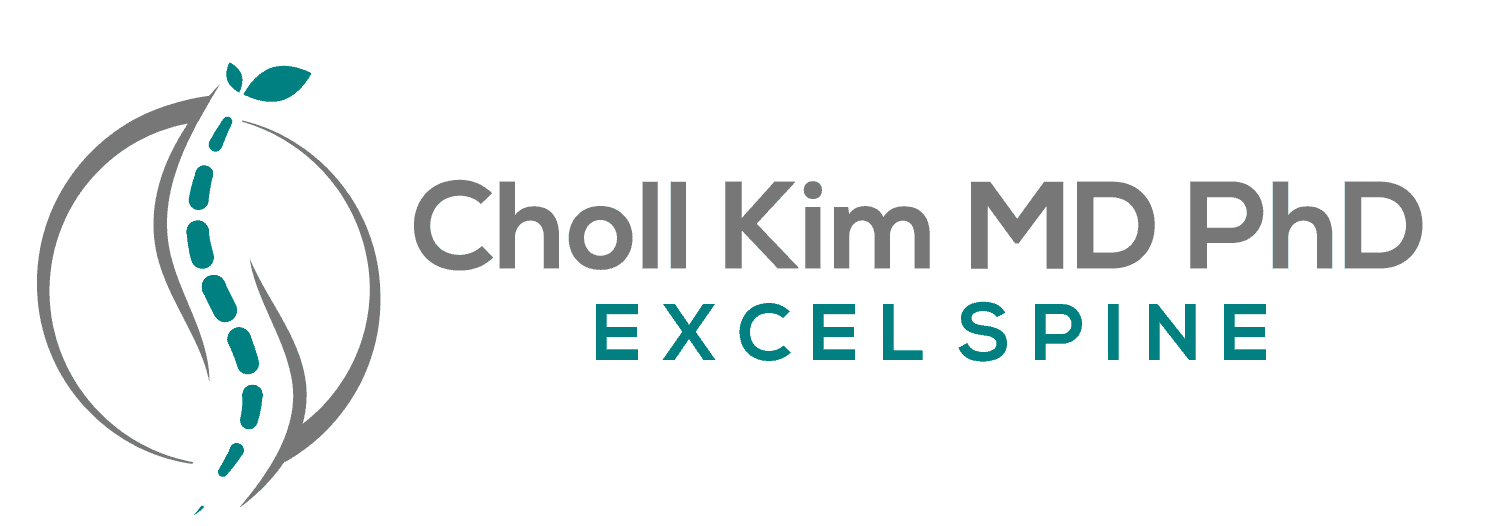What Is a Hemilaminectomy?
A hemilaminectomy is a minimally invasive spinal procedure used to relieve pressure on the spinal cord or nerves caused by spinal stenosis, herniated discs, or bone spurs. It involves the removal of one lamina, which is a small bony part at the back of a vertebra that forms part of the spinal canal.
Unlike a full laminectomy, where both laminae are removed, a hemilaminectomy only removes one side—preserving more of the spine’s natural structure. The goal is to enlarge the spinal canal, remove any structures (like disc fragments or bone spurs) that are compressing the nerve, and relieve pain and neurological symptoms.
Because the procedure is performed using minimally invasive techniques, the incision is small, and important muscles, arteries, and nerves around the spine are carefully preserved. After surgery, the strong back muscles continue to protect the area and help support healing.
Why Is a Hemilaminectomy Performed?
A hemilaminectomy is typically performed to treat:
- Spinal stenosis (narrowing of the spinal canal)
- Disc herniation or disc bulge
- Bone spurs that press on spinal nerves
- Radiculopathy (nerve pain radiating into the limbs)
- Severe back or leg pain that hasn’t improved with conservative care
This procedure is often recommended after non-surgical treatments like physical therapy, chiropractic care, acupuncture, injections, or medication have failed to provide long-term relief.
How Do You Prepare for a Hemilaminectomy?
Preparation begins with a full evaluation by your spine specialist, including imaging (MRI or CT scans) and a review of your symptoms and medical history.
To get ready for surgery, you may be advised to:
- Stop certain medications (like blood thinners)
- Avoid eating or drinking after midnight the night before surgery
- Arrange transportation and help at home after the procedure
- Quit smoking, as it can slow the healing process
- Stay active and maintain a healthy diet to support your recovery
Your care team will provide detailed pre-op instructions specific to your case.
What Can You Expect During a Hemilaminectomy?
The surgery is performed under general anesthesia. A small incision—usually less than an inch long—is made in the lower back. The muscles are gently moved aside (not cut) to expose the spine.
Using special instruments and imaging guidance, the surgeon removes one lamina to relieve pressure on the nerves. If necessary, any disc material or bone spurs compressing the nerve are also removed. In some cases, the foramen—the opening where the nerve exits the spine—may be enlarged as well.
Once the decompression is complete, the incision is closed, and the patient is brought to recovery. Most patients are up and walking within hours of surgery.



What Is the Recovery Like After a Hemilaminectomy?
Recovery is typically quicker than with traditional open spine surgery because of the minimally invasive approach. Most patients go home the same day or the morning after surgery.
Timeline for Recovery:
- First few days: Mild soreness at the incision site; walking is encouraged to promote circulation and prevent stiffness.
- 3–4 weeks post-op: Most patients begin physical therapy focused on improving strength, flexibility, and posture.
- 4–8 weeks post-op: Patients often return to work, especially if the job is sedentary. More physically demanding work may require additional time.
Everyone recovers at their own pace, and your surgeon will provide specific activity guidelines during follow-up visits.
What Are the Potential Risks of a Hemilaminectomy?
While hemilaminectomy is a safe and effective procedure, all surgeries carry some risks. These may include:
- Infection
- Bleeding
- Dural tear (spinal fluid leak)
- Nerve injury
- Incomplete relief of symptoms
- Scar tissue formation
Your surgeon takes every precaution to minimize these risks and uses advanced techniques to ensure the safest possible outcome.
Are There Related Procedures to a Hemilaminectomy?
Yes, depending on the severity of your condition and the location of nerve compression, your surgeon may consider or combine a hemilaminectomy with:
- Laminectomy – removal of both laminae for wider decompression
- Foraminotomy – enlarging the foramen (nerve tunnel) to relieve nerve pressure
- Discectomy – removal of herniated disc material
- Spinal fusion – used if there is spinal instability
- Endoscopic spine surgery – a highly advanced technique using even smaller incisions and a camera
The best approach will depend on your symptoms, imaging results, and overall health goals.
Key Takeaways About Hemilaminectomy
- Hemilaminectomy is a minimally invasive procedure to relieve nerve pressure in the spine.
- It involves the removal of one lamina through a small incision, minimizing muscle and bone disruption.
- It is most commonly used to treat spinal stenosis or herniated discs when non-surgical treatments haven’t worked.
- Patients typically go home the same day and return to work within 6–8 weeks.
- The procedure is safe, effective, and designed to restore function and reduce pain with less downtime.
Next Steps
If you’re experiencing back or leg pain, numbness, or weakness that hasn’t improved with non-surgical care, a hemilaminectomy may be the next step toward long-lasting relief. A thorough evaluation can help determine whether this minimally invasive option is right for you.

